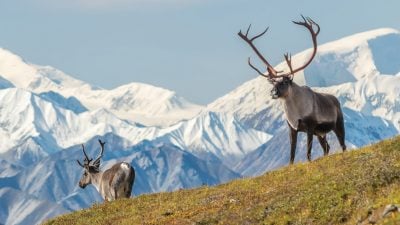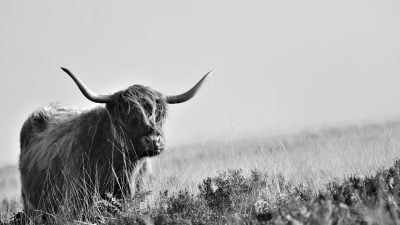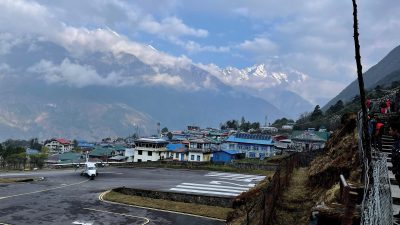Home / Latin America & Antarctica / Argentina / Ecotourism Destinations: Centr…

Ecotourism Destinations: Central and South America (Part 3)
Previous:
Ecotourism Destinations: Central and South America (Part 1)
Ecotourism Destinations: Central and South America (Part 2)
In this last installment on ecotourism in South and Central America, we cover 3 countries – Peru, Ecuador, and Argentina.
PERU
70% of Peru’s natural-growth forests are situated in the Amazon jungle. On a negative note, Peru loses acres of rainforest annually. The main threats to its tropical forests are deforestation caused by agricultural expansion, logging, oil extraction, mining, and other activities. On a positive note, Peru has done a reasonable job of setting aside tracts of rainforest as national park reserves and regulating industry. In 2008, Peru created the country’s first Ministry of the Environment to work on reforestation and sustainable forestry projects.
Amazon Region
Jungle ecotourism has really grown in the Amazon region, and rainforests are now much more accessible with eco-lodges springing up here. A fact is that it has the second largest portion of the Amazon rainforest, which covers 74% of the country’s area. Another fact is that one-fifth of all migrating bird species fly through Peru.
Tambopata is a river, a national reserve, and a province in south eastern Peru. It has some of the most biodiverse rainforest in the country and maybe the entire Amazon basin. Although remote and wild, it is still easily accessible. Hidden beneath the trees are troops of monkeys, toucans, brilliantly coloured macaws, and even jaguars.
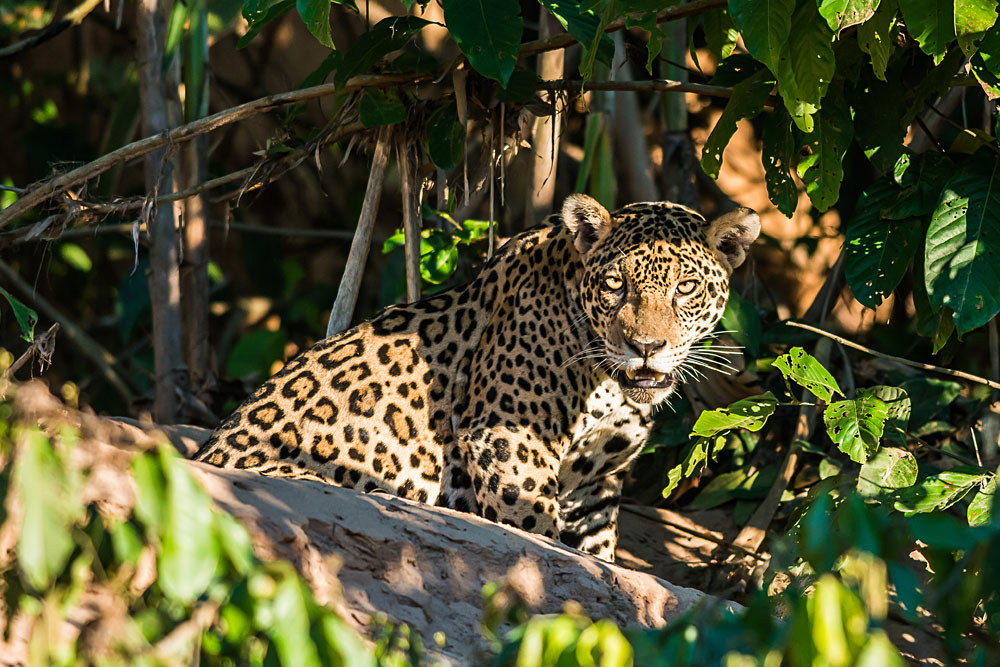
Machu Picchu and the Inca Trail
Machu Picchu, unknown to the outside world until 1911, is a 100 acre complex consisting of religious, ceremonial, astronomical, and agricultural structures on a steep ridge of the eastern slopes of the Andes. It is surrounded by the rich biodiversity of the upper Amazon basin and is a habitat for many unique animal species such as the pampas cat, the boa, and the Andean condor.

The Inca Trail is by far the most famous trek in South America and is rated by many to be in the top 5 treks in the world. Over 42 kilometres/26 miles in length, it combines beautiful mountain scenery, lush cloud forest, subtropical jungle, and a mix of Inca paving stones, ruins, and tunnels. The final destination of the trail is, naturally, Machu Picchu, the mysterious “Lost City of the Incas”. The Inca Trail itself has been a source of worry for decades. Until the end of 2000, travellers could just show up and hike the 4-day trail on their own or sign up with an escorted group. The result was overcrowding, erosion, and lots of garbage. In 2001, the government began to regulate the trail and to require permits. Of the tour operators that had sold Inca Trail packages at the time, half were denied permission to continue operating. Now strict requirements are enforced.
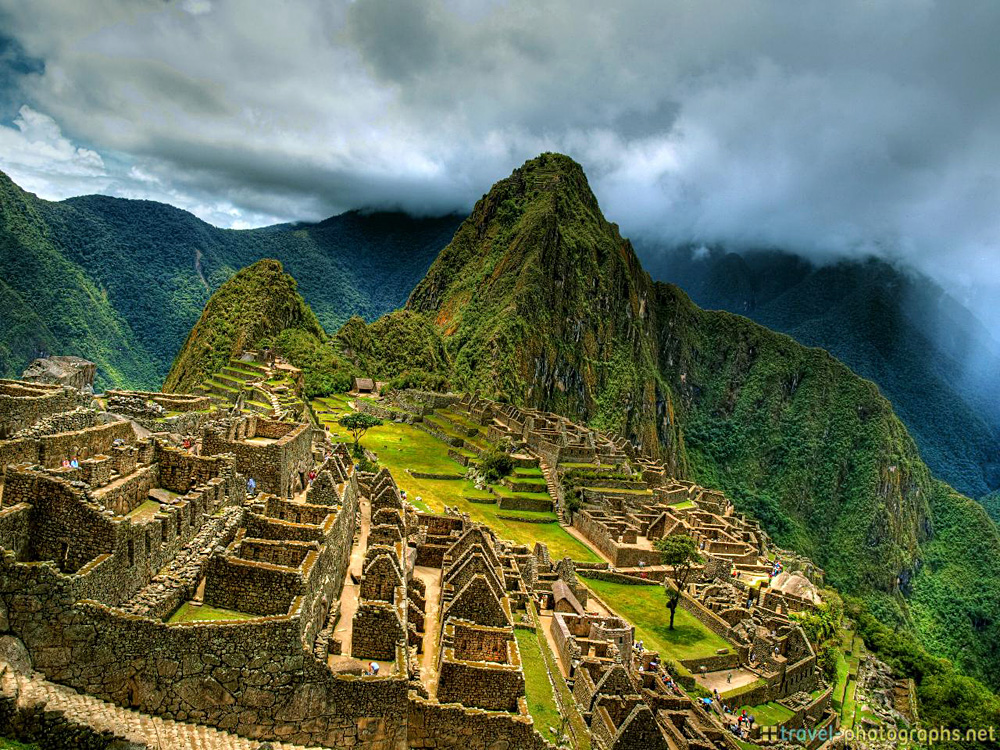
The Sacred Valley
The Sacred Valley, just outside of the ancient Inca capital of Cusco, is interesting from an ecotourism perspective. First of all, it is famous for serving as a key settlement for Incan and pre-Incan societies. However, the region also serves as a vital agricultural hub, supplying a variety of vegetables and grains to Cusco and other surrounding places. One aspect of the Sacred Valley is the cottage industries that exist here. You can shop for local handmade wares at the famous Pisac Market, where vendors from the village sell everything from woven blankets to handmade wood carvings as a way to support their families. In the town of Ollantaytambo, Quechua women weavers from remote, rural communities run a small-scale sustainable tourism initiative, making and selling their artifacts.

Nazca Lines
The Nazca Lines are one of archaeology’s most perplexing enigmas. Located in the arid coastal desert of Peru, they cover 450 square kilometres/280 square miles. They are thought to have been created by removing rocks and topsoil and exposing a lighter soil underneath. There are two groups of the geoglyphs (large artworks that have been etched into the landscape and are best viewed from above). One is made up of geometric shapes such as triangles, spirals, rectangles, and wavy lines. Others depict animals such as spiders, monkeys, hummingbirds, killer whales, and a condor. This is all best seen from the air on a light aircraft flight.
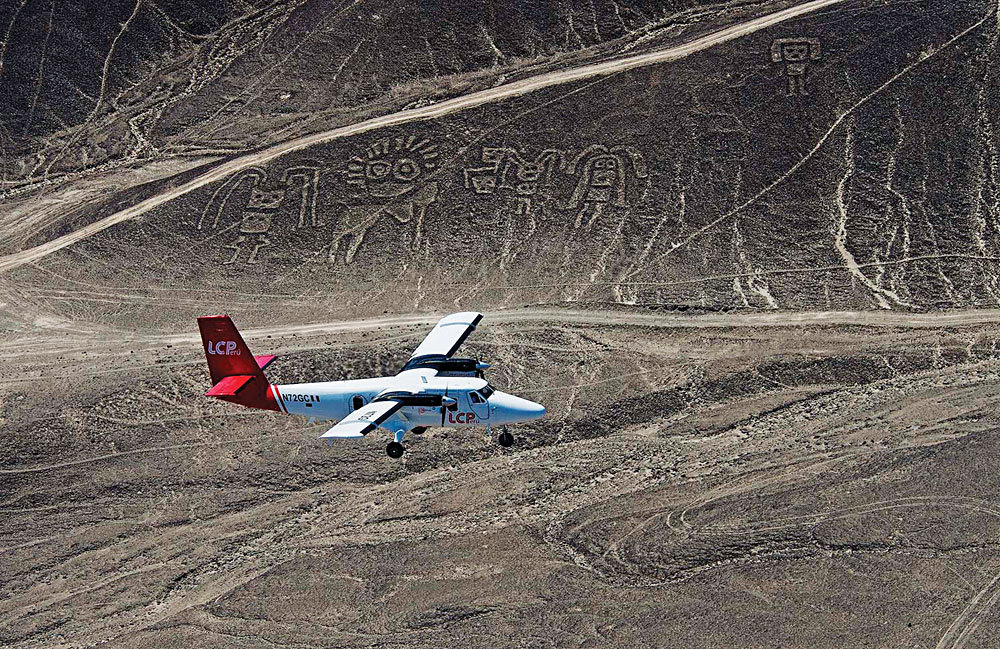
Lake Titicaca
Lake Titicaca is the world’s highest navigable lake. It is located at 3810 metres/12,500 feet above sea level. The water source for the lake is from rainfall and from melting glacier water off the Andes Mountains. Puno is the port city located on the banks of the lake and the place to use as your base. The steep streets of Puno make great hikes up to superb spots to view the lake. One major attraction on the lake is some 40 floating islands made of totora reeds which the local people of the Uros Islands use to construct their homes and boats. These people predate the Incas and speak the Aymara language. Tourism is now important to these islands’ economy.
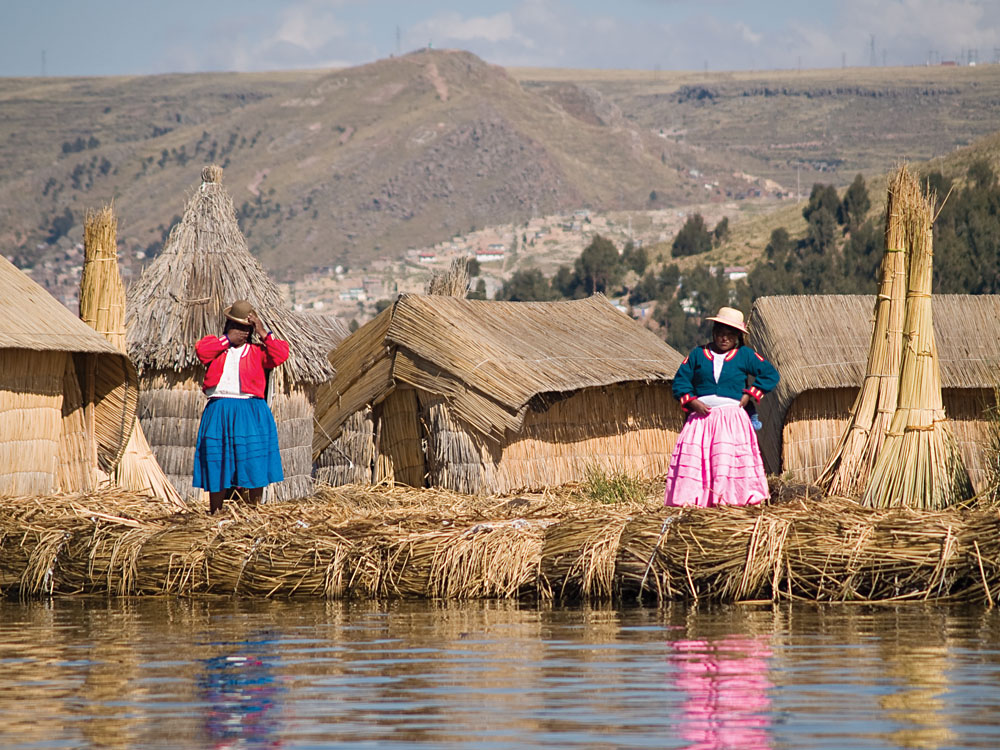
ECUADOR
The Galapagos Islands
The extraordinary Galapagos Islands have to be one of nature’s most important gifts to humanity. Totally unique, they consist of 127 islands and islets, 19 of which are volcanic and are located 1000 kilometres/620 miles off the coast of Ecuador. The UNESCO World Heritage organization calls it a “living museum and showcase of evolution”. Human settlements are restricted to only 3% of the area on four of the largest islands.
Galapagos National Park, which controls 97% of the islands, enacts strict regulations concerning where people can go, what they can do, and how many people can turn up in an one spot. A limited number of overnight boats are allowed to operate and each boat is equipped with a tracking device so that authorities can verify exactly who is going where at any given time. Tour companies are very much under the eye of park authorities and their plans and activities are largely not under their direct control. The general consensus is that the rules are there for good reasons.
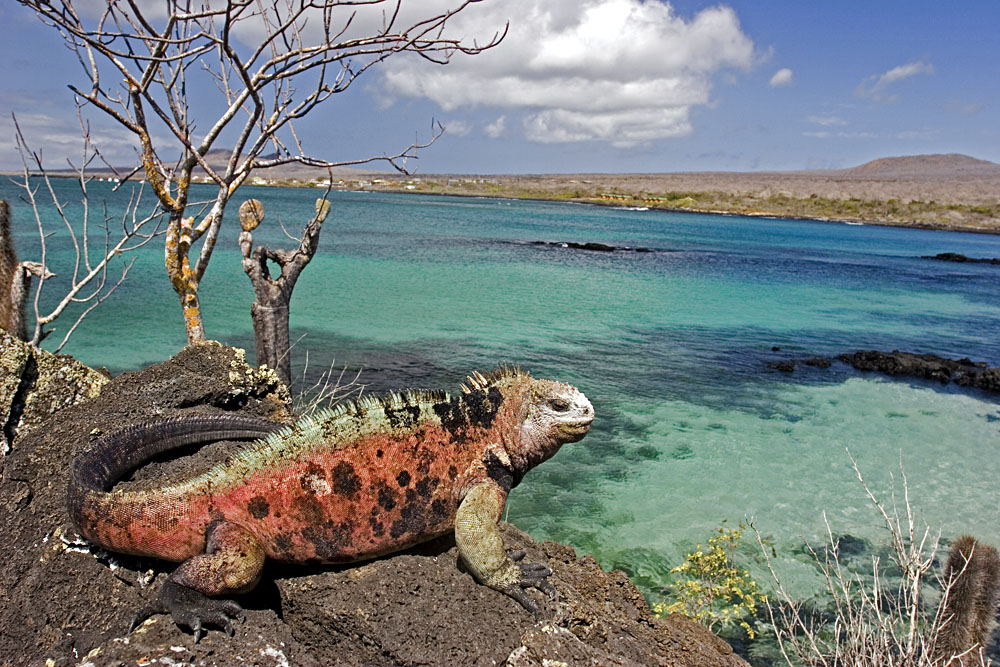
Quito
Quito, the capital of Ecuador, is located high up in the Andes Mountains. It was founded in the 16th century on the ruins of an ancient Inca city, and stands at an altitude of 2850 metres/9350 feet. It was declared one of the first UNESCO World Heritage Sites in the 1970s due to having one of the best-preserved and least altered historical centres in Latin America. Quito is also located in the heart of the “Avenue of Volcanoes”, which are two parallel lines of volcanoes running along the spine of the Andes. On clear days, if you take the cable car, you can admire at least four snowy peaks.

Cuenca
Cuenca is located in a valley surrounded by the Andean mountains. It was named a UNESCO World Heritage Site for its beautifully-preserved colonial Spanish architecture. Highlights include the New Cathedral, the Old Cathedral, the Carmelite Monastery, and the Santo Domingo Church. While in Cuenca, you can pay a visit to El Cajas National Park, with its 270 lakes and glacial shaped landscape of valleys and ravines. The park provides around 60% of the drinking water for the Cuenca area.
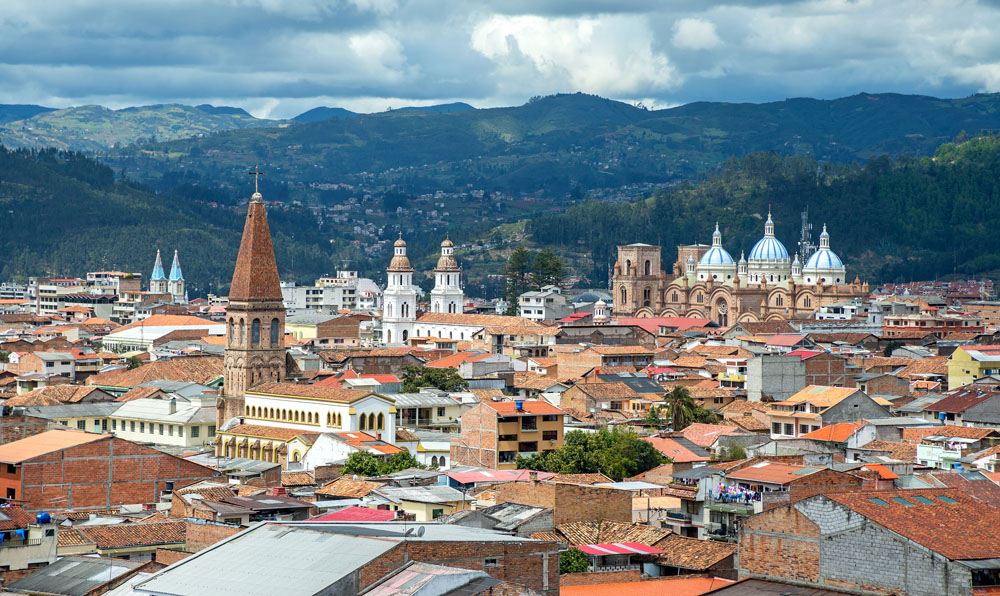
Otavalo
For hundreds of years, Otavalo has been one of the most important indigenous markets in the Andes. It is the largest of its kind in South America, offering many different kinds of arts and crafts from local communities. You can see vendors hawking a dizzying array of handmade traditional crafts. The market tradition actually stretches back to pre-Incan times. The indigenous people from the surrounding villages still wear traditional clothing. Otavalenos, as they are known, are the most commercially successful native people in the country. Otavalo is easily reached from Quito for a day’s outing, but it is much more worthwhile to spend at least a night here.

ARGENTINA
Argentina is the world’s 8th largest country in area and has some of the world’s tallest mountains, large deserts, and impressive waterfalls. It is home to 36 national parks.
It is also geographically diverse. Here are a few of the major highlights.
Mendoza
The Mendoza wine region is the heart of the wine-making industry in Argentina. It is located in an interesting part of the country – the eastern foothills of the Andes. Because of this, vineyards are planted at some of the highest altitudes anywhere in the world. Not only can you enjoy wine tasting but you can take advantage of Mendoza’s proximity to the Andes Mountains to experience panoramic views and the magnificent Mount Aconcagua, the highest peak in the Americas.

Perito Moreno
In south west Argentina is the Glacier National Park, and the enormous Perito Moreno Glacier – considered one of the most important tourist attractions in the country due to its size and accessibility. It is said to be one of the only glaciers in the world that is still growing at about two to six feet per day! The glacier has a 5 kilometre/3.1-mile front and rises almost 60 metres/200 feet above sea level. Viewing platforms and trails make observation easy and pleasant. You can actually hike on the glacier to really get a feel for its majestic size and shape.
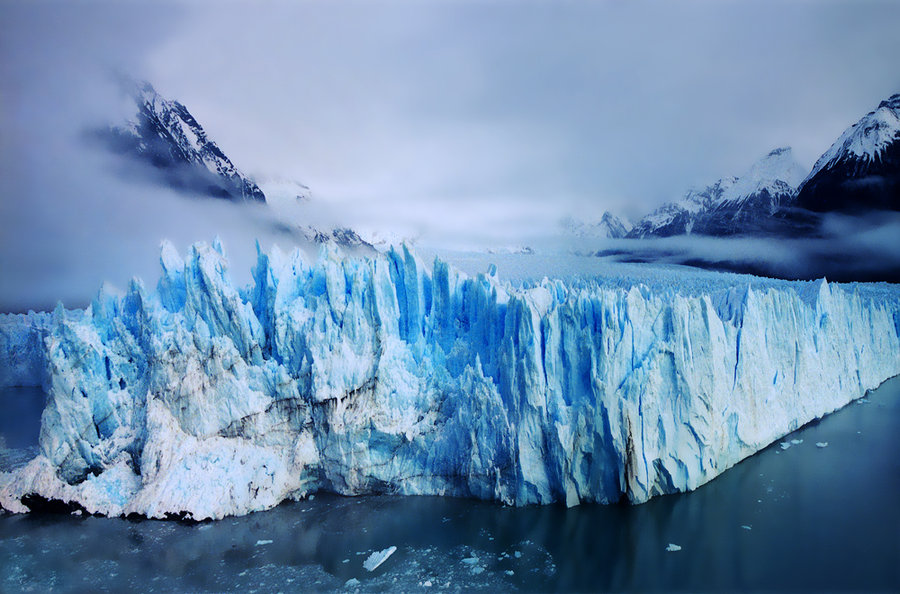
Valdes Peninsula
The Valdes Peninsula in south west Patagonia is very important for the conservation of marine animals, and is a UNESCO World Heritage site. It is here you can see elephant seals, sea lions, orca (killer) whales, dolphins, flamingos, penguins, and grey foxes. The whale watching season runs between May and December, with September and October being the best months. The cities of Puerto Piramides, Rawson, and Puerto Madryn are where most of the whale watching takes place. The peninsula has been described as a priceless natural resource of animals and plants. Other activities here can be kayaking and diving with sea lions. The nearest city is El Calafate.
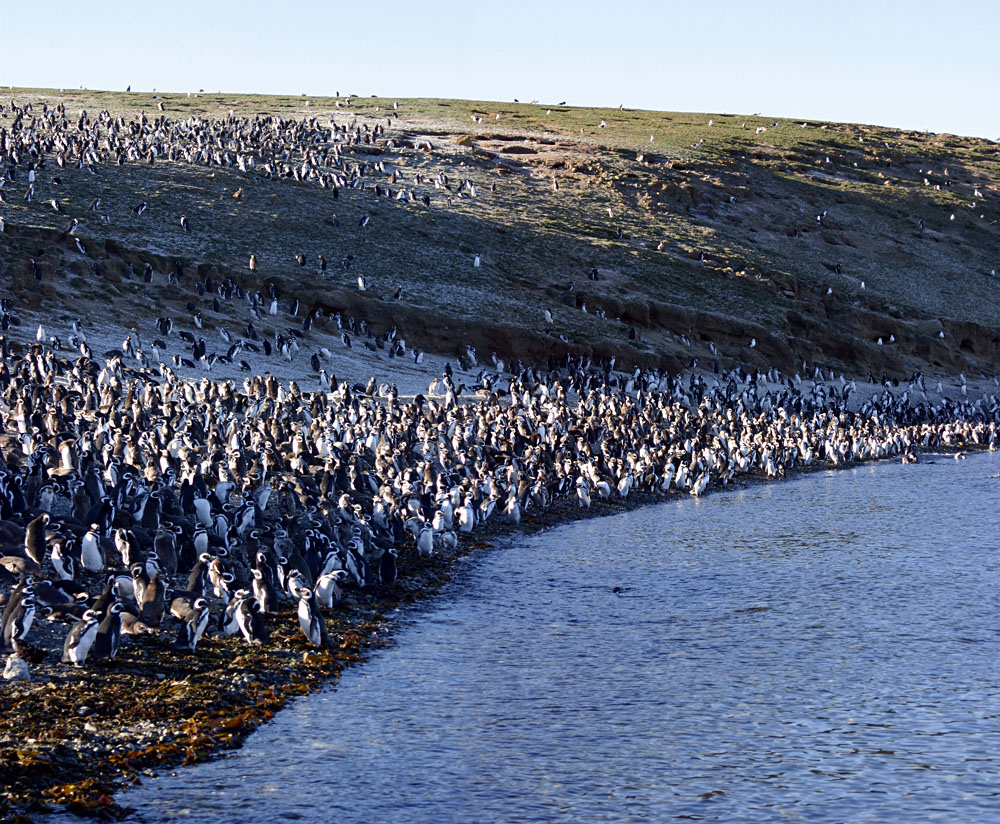
Iguassu Falls
The delights of Iguassu Falls have been described in Part 2 of this article. There is ample accommodation on the Argentinean side and it is easy to visit the Brazilian side from here. Bird watching can be fun. The blond-crested woodpecker and several species of hummingbirds are frequently sighted at the falls.
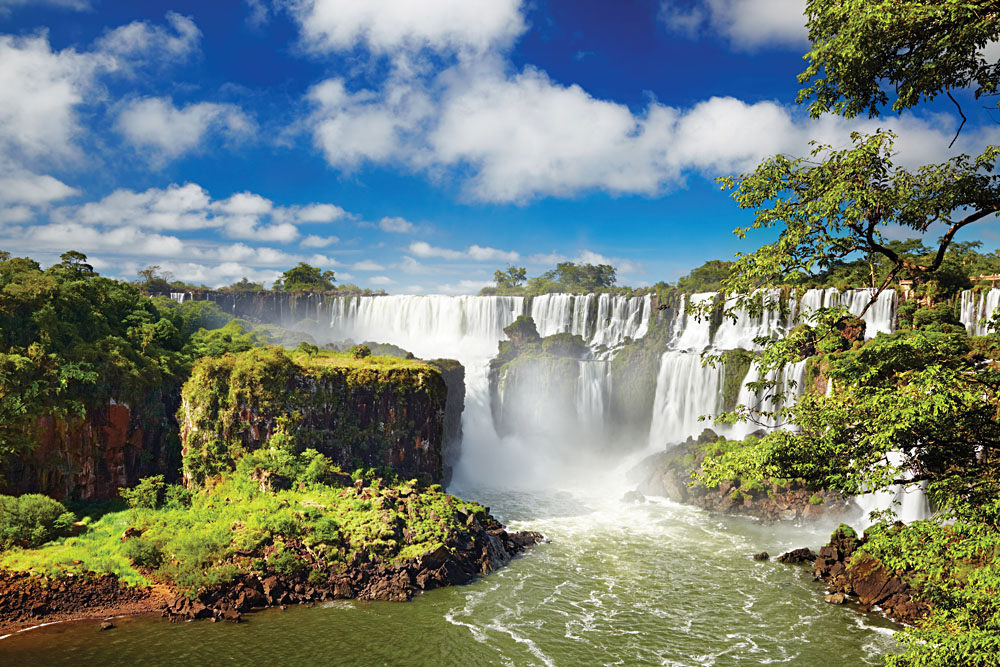
Esteros del Ibera
The Ibera Provincial Reserve is one of the most important fresh water reservoirs in South America, and is the second largest wetland in the world after Brazil’s Pantanal (see Part 2 of the article). With its abundance of animal and bird life, it is among the best places in South America to see wildlife. It is home to many iconic South American animals, including anacondas, armadillos, caimans, howler monkeys, the ostrich-like rhea, and more than 350 rare and endangered bird species. The main base for visiting the park is the village of Colonia Pellegrini which is 120 kilometres/75 miles from Mercedes in the north east of Argentina.

Our Ecotourism Series:
Ecotourism – An Important Trend in Travel
Ecotourism Destinations: East Africa
Ecotourism Destinations: Southern Africa
Ecotourism Destinations: Central and South America (Part 1)
Ecotourism Destinations: Central and South America (Part 2)
Ecotourism Destinations: Central and South America (Part 3)
Ecotourism Destinations: Asia (Part 1)
Ecotourism Destinations: Asia (Part 2)
Ecotourism Destinations: Australia
Ecotourism Destinations: New Zealand
Ecotourism Destinations: Europe
Get more travel inspiration by email.
Subscribe
2 Comments
Most Voted

Get the latest travel trends & hear about the best deals on vacations around the world.
If you’re a Globetrotter, these are the newsletters for you!
